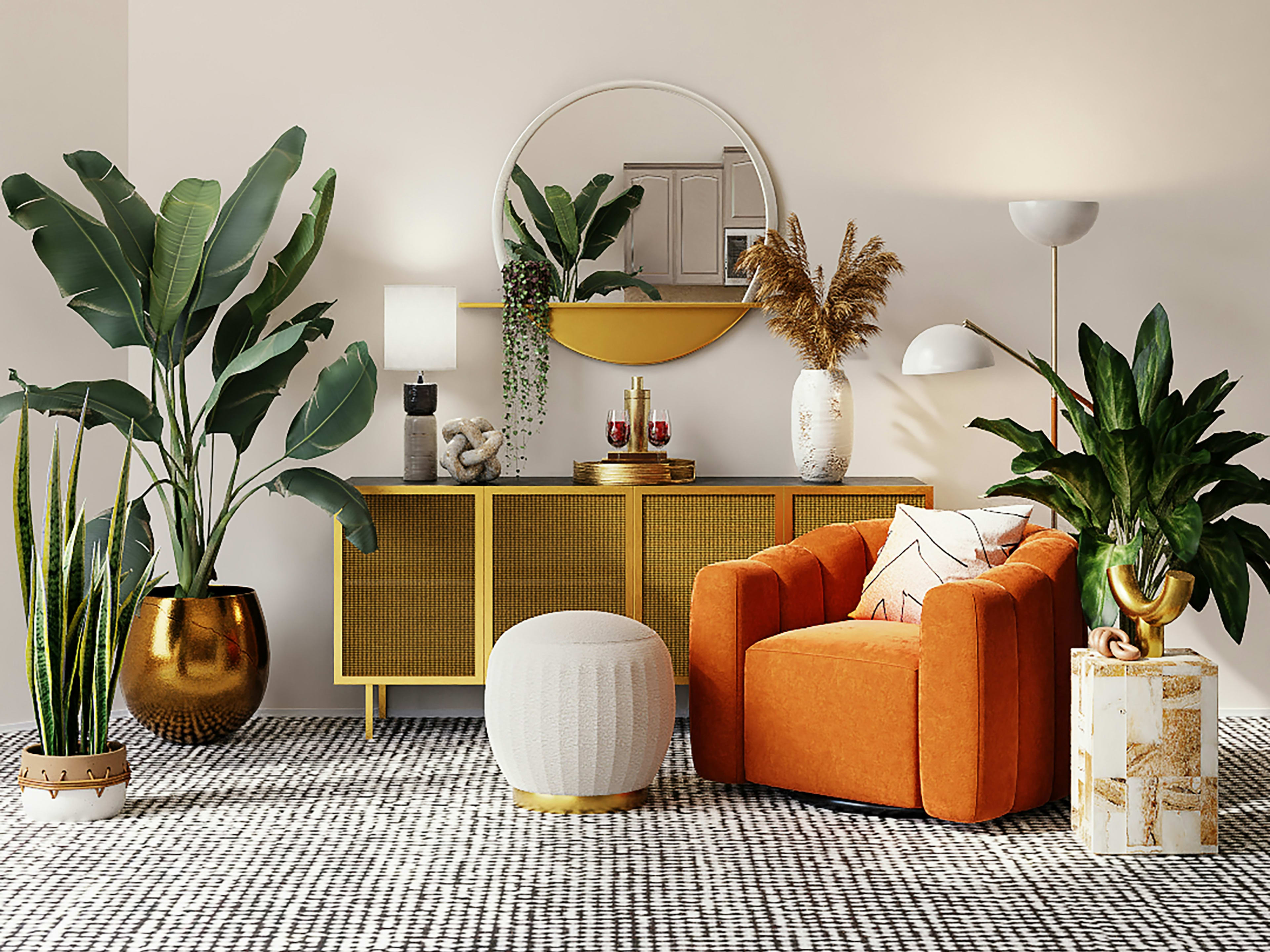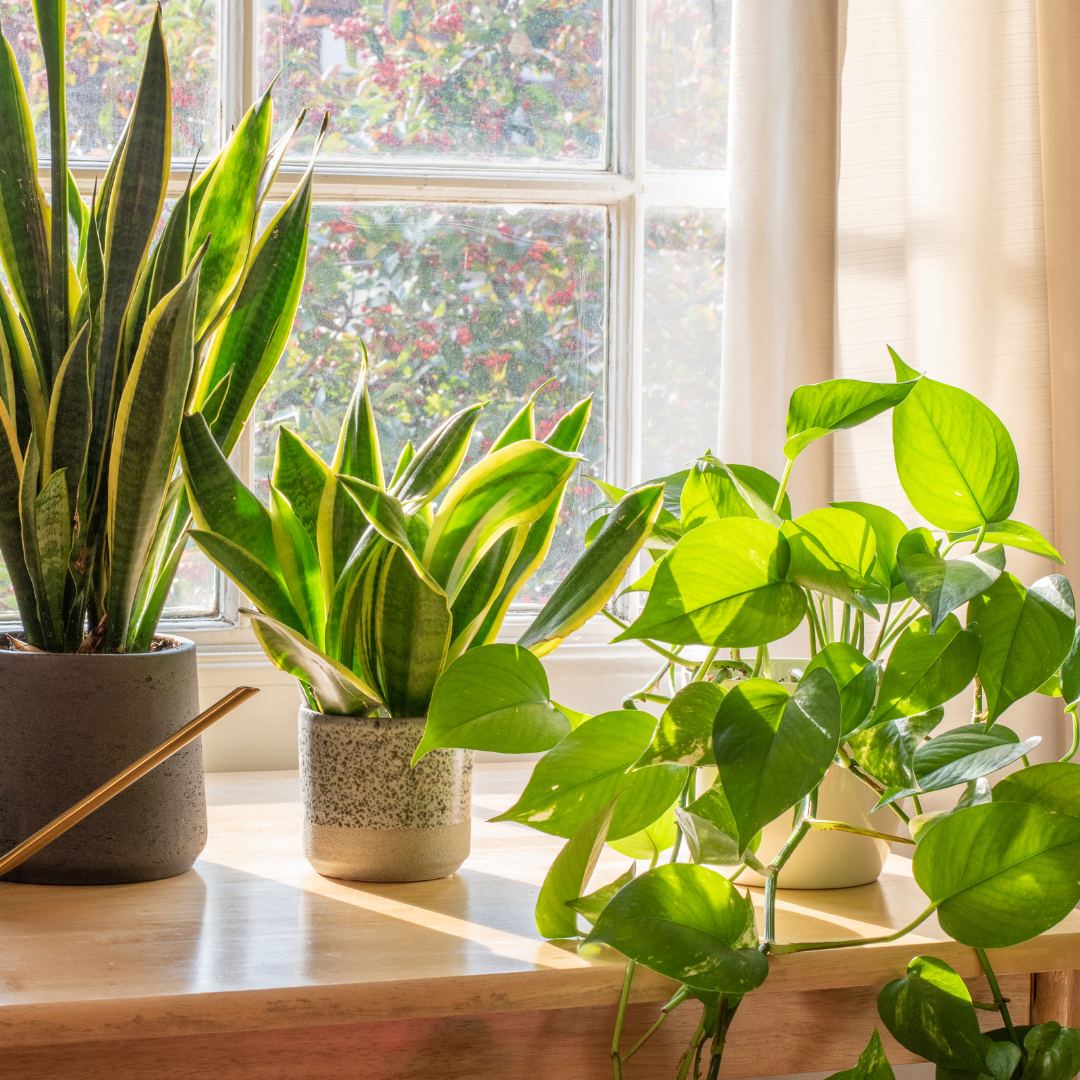The Best Low-Light Indoor Plants to Improve Your Home’s Air Quality
The Best Low-Light Indoor Plants to Improve Your Home’s Air Quality
Blog Article
Discover the Tricks of Low-Light Indoor Plants and Just How They Boost Your Environment
Low-light interior plants have actually amassed raising attention for their one-of-a-kind capability to boost both visual appeal and environmental quality within work environments and homes. These resilient species, including the Serpent Plant and Tranquility Lily, not just flourish in tough lighting problems but also play a critical duty in air filtration and emotional well-being.
Advantages of Low-Light Indoor Plants
Although lots of people think that indoor plants call for bountiful sunshine to prosper, low-light interior plants provide a wide variety of benefits that make them perfect for numerous settings. One of the key benefits is their adaptability; they can prosper precede with restricted natural light, such as workplaces, basements, or areas with tiny home windows. This attribute allows people to improve their surroundings with plant, contributing to enhanced appearances without the demand for extensive lights alterations.
In addition, low-light interior plants can considerably improve indoor air top quality by releasing and filtering hazardous contaminants oxygen, making living spaces healthier. The presence of plants has actually been linked to higher feelings of serenity and focus.
Moreover, low-light plants commonly require much less upkeep than their sun-loving equivalents, making them optimal for active individuals or those new to horticulture. Their strength permits them to love marginal intervention, therefore offering a rewarding experience for plant enthusiasts and amateurs alike. In recap, low-light interior plants serve both aesthetic and practical objectives, making them valuable enhancements to any space.
Top Low-Light Plant Selections
Low-light indoor plants been available in a range of varieties, each offering unique attributes and benefits fit for dark settings. Amongst one of the most preferred varieties is the Snake Plant (Sansevieria), recognized for its air-purifying capacities and architectural leaves. This resilient plant grows on disregard and can endure a wide range of light problems.
Another outstanding option is the ZZ Plant (Zamioculcas zamiifolia), which features shiny, dark eco-friendly fallen leaves and is extremely drought-tolerant. Its adaptability makes it a favored for workplaces and homes with limited sunlight.
The Pothos (Epipremnum aureum) is also a leading competitor, with its routing creeping plants and heart-shaped fallen leaves - Best low-light indoor plants. This versatile plant can be trained to climb or cascade, adding visual passion to any type of room

Treatment Tips for Low-Light Plants
Looking after low-light interior plants requires a nuanced understanding of their specific requirements to make sure ideal development and vigor. It is important to choose the right potting mix, as a well-draining soil is vital to avoid root rot. A blend created for houseplants, frequently containing peat moss and perlite, functions well for many low-light ranges.
Watering is one more key element of treatment. Low-light plants usually call for much less constant watering compared to their sun-loving equivalents.
Fertilizing needs to be come close to with caution. Throughout the expanding period, a diluted fluid fertilizer can be applied monthly, however in wintertime months, many low-light plants enter inactivity and need little to no fertilizing.
Last but not least, it is necessary to regularly clean up the leaves to remove dust, enabling better light absorption. By sticking to these treatment pointers, you can cultivate a successful atmosphere for your low-light interior plants, improving both their appearance and durability.
Enhancing Air Top Quality With Plants
Interior plants play a significant duty in enhancing air top quality within homes and office. Through the procedure of photosynthesis, these plants absorb co2 and launch oxygen, adding to a healthier atmosphere. Additionally, certain low-light interior plants have the ability to filter dangerous contaminants, such as formaldehyde, benzene, and trichloroethylene, which are typically found in indoor settings.

Moreover, the visibility of indoor plants can boost moisture degrees, which assists relieve dry skin and respiratory system concerns, additionally improving total well-being. This ability to improve air top quality not only promotes physical health and wellness however also supports mental wellness.
Incorporating low-light indoor plants into your living and working spaces can lead to an extra stimulating and vibrant atmosphere (Best low-light indoor plants). Investing in these all-natural air cleansers is an easy yet effective approach for enhancing interior air top quality and fostering a healthier way of life
Producing a Serene Indoor Space
The assimilation of plants right into living rooms not just improves air top quality but likewise adds to a relaxing ambience. Low-light interior plants, such as serpent plants and pothos, are particularly efficient in developing a serene setting, as they thrive in problems that might or else be inhospitable for other plant. Their lush foliage supplies a relaxing aesthetic, decreasing anxiety and advertising leisure.
Integrating these plants right into your home or workplace can evoke a sense of peace and well-being. Purposefully placing them in locations where you spend significant time, such as living areas or work areas, enables an immersive why not try this out experience with nature, which has actually been revealed to enhance state of mind and cognitive function.
In addition, the gentle movement of leaves in reaction to air flow can create a dynamic visual element that boosts the total ambiance. Consider utilizing a variety of plant heights and appearances to include depth and passion to your space. With thoughtful positioning and treatment, low-light interior plants can transform any area right into a calm refuge, fostering not just aesthetic fulfillment however likewise psychological and emotional wellness.

Final Thought
Incorporating low-light interior plants right into numerous environments yields substantial advantages, consisting of improved air quality and enhanced aesthetic appeal. These sturdy varieties not only grow in marginal light but other also add to a calming atmosphere, promoting mental and psychological health. By picking ideal ranges and carrying out proper care techniques, people can successfully cultivate a calm indoor area that promotes wellness and productivity. The transformative power of low-light plants highlights their value in boosting both occupational and property settings.
Although several people assume that indoor plants need abundant sunlight to flourish, low-light indoor plants use a wide variety of advantages that make them ideal for numerous environments.In addition, low-light indoor plants can considerably boost interior air quality by filtering damaging toxins and releasing oxygen, making living rooms healthier. Furthermore, specific low-light interior plants have the ability to filter hazardous contaminants, such as trichloroethylene, benzene, and formaldehyde, which are typically discovered in interior settings.
Low-light interior plants, such as serpent plants and pothos, are especially efficient in creating a peaceful setting, as they grow in problems that might or you can look here else be inhospitable for various other plant.Including low-light interior plants into numerous atmospheres yields substantial benefits, consisting of improved air high quality and improved visual allure.
Report this page